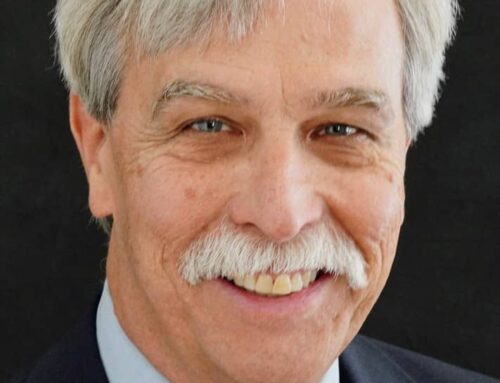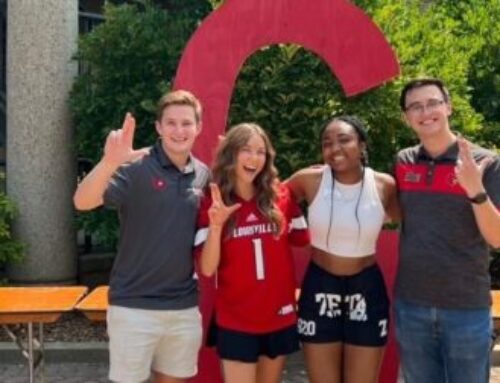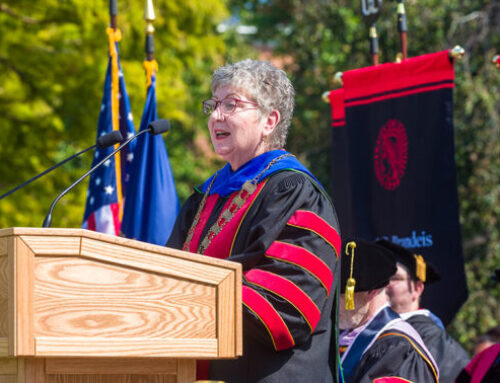As a society we have become heavily reliant on social media. Countless celebrities have been the victims of online death hoaxes, which in order to become popular and circulate, must generate millions of mentions or views. Amanda Bynes’ Twitter account alone is an endless source of entertainment and news for both the population at large, and media news personnel. At times, this reliance is useful.
“If you are trying to reach friends or family and can’t get through via phone, try texting instead (less bandwith),” tweeted the Massachusetts Emergency Management Agency. Many runners and spectators, in addition to cell phone use, took to social media as well.
Not only did those outside of the city discover news of the tragedy via social media, but in the aftermath of the Boston Marathon bombing, many were unable to locate loved ones due to the blockage of traffic in and out of the bomb site, and loss of cell phone service.
CEO and founder of the social media sites Dodgeball and Foursquare, Dennis Crowley, was a spectator at the Marathon. No more than ten minutes after the attack, he tweeted, “I’m ok. about 20k of us in corral just before mi 26 marker. @chelsa ok too”. Countless others sent out similar tweets, Facebook statuses, and posts to assuage fears.
Social media also became a beacon of hope, #PrayforBoston and #Boston trending worldwide for hours on Twitter. The Boston hashtag continued trending in the United States as of last Tuesday morning, on both twitter and instagram.
While generally, the Internet is used as a tool for escapism and general procrastination, it is times such as these in which one is reminded of the good social media has to offer. Given its frequent misuse — take a gander at the comment section of any YouTube video — it is refreshing to see the World Wide Web come together in such a cohesive manner.
In their apprehension of one of the two bombing suspects, Dzhokar Tsarnaev, 19, the Boston Police Department also used Twitter to warn their constituents to stay indoors. The organization has 158,452 followers — not quite a quarter of the population of the City of Boston, 625,087. They may have stepped a little too far into the social media haze, in this instance. Reverse 9-1-1 calls seem a more effective route, in comparison. News of this information was also broadcast live, warning residents of Watertown, Newton, Brookline, Belmont, Waltham, Cambridge, and Allston-Brighton to stay indoors; that all businesses were closed.
Similarly, the Massachusetts Emergency Management Agency has 20,705 followers on Twitter — 3.31-percent of the Bostonian population, and .312-percent of the state total 6,646,144 as of the July 2012 census. It is unlikely that many who had taken to non-telecommunicative routes had viewed the MEMA’s advice and likely that they simply went about it on their own. Large institutions such as the police force and the Emergency Management Agency are best suited to addressing the public in the standard venue, as citizens have not yet come to see social media as an information source in that sense. While an understandable decision from a public relations standpoint, overall, it is flawed.
[email protected]
Photo courtesy of twitter.com








